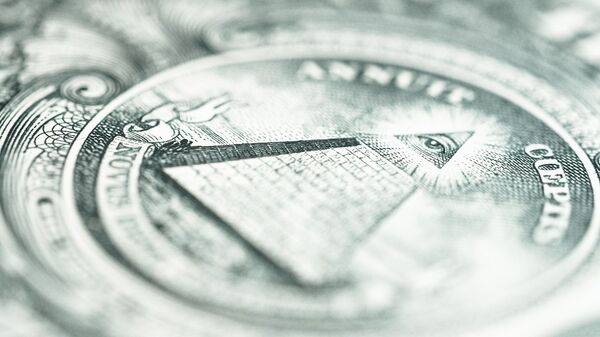Last week, the Congress voted to increase spending by nearly $300 billion over the next two years right after approving a $1.5 trillion tax cut that could boost domestic demand and the country’s trade gap even more.
READ MORE: Fannie Mae Seeks Bailout After Posting $6.5 Billion in Quarterly Losses
Strategists are increasingly wary of America’s twin deficits which, chances are, may fuel still further dollar vulnerability following February’s brief revival.
The dollar already seems to be in a quagmire, due to at least to brightening economic prospects and a progress abroad, as well as "a Trump administration seemingly intending to jawbone the U.S. currency lower," Bloomberg wrote. For now, the once dominant currency has shown a 12 percent dip since the start of 2017. With the U.S.’s combined fiscal and current-account deficit once again approaching 6 percent of GDP, the long-term future of the dollar seems bleak.
Mark McCormick, North American head of foreign-exchange strategy at Toronto Dominion Bank noted to Bloomberg:
"When you add up the current account and the budget deficit, you’re creating a lot of external vulnerabilities for the exchange rate," McCormick said. "We’re in an environment now where it’s becoming challenging from a capital-flows perspective to plug these."
Having analyzed the dynamics, McCormick estimates the dollar is still about 10 percent overvalued on a longer-term basis.
America’s budget deficit soared in the first four months of the fiscal year, rising 11 percent to $176 billion between October and January as compared with the same period a year before, according to a Treasury Department report released Monday.
That’s the largest fiscal gap since 2013 and it is expected to widen further due to its ageing population and pension liabilities.
Other countries appear to take advantage of the dollar weakening, as China, the second largest economy and biggest oil buyer in the world, has recently announced trading its own crude-futures in yuan.
The move finally marks its transition to a hydrocarbon price setter. Throwing the gauntlet to the traditionally dollar-denominated oil business, China will list local-currency crude futures in Shanghai on March 26, the nation's securities regulator said last week.



